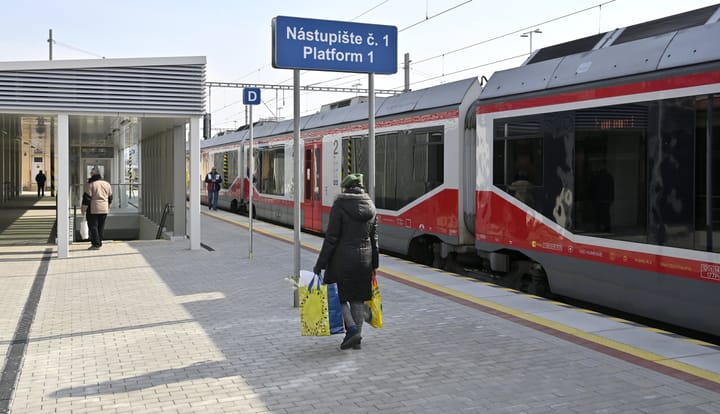Two Picturesque Rail Tunnels and Viaduct in Magnezitovce Never Saw Train

Slavosovce/Magnezitovce, July 9 (TASR) – A bomb shelter, storeroom for fruits and vegetables, concert room, bear’s den, cycling route and shortcut for the locals – two old picturesque rail tunnels in Magnezitovce (Banska Bystrica region) have already served all these purposes but their original one.
The tunnels were designed to be part of a projected Tisovec-Slavosovce rail route, but the construction work on the route was eventually scrapped in 1949, so no train has ever entered either of the two tunnels.
After turning off from the main road from Revuca to Jelsava and passing a few kilometres on a squiggle narrow road, one reaches Magnezitovce – a sort of ‘twin village’ with the population of some 470 people, which was created in the mid-20th century by merging Mnisany and Kopras, located in an area rich of magnesite deposits.
Currently hardly any visitor of the somewhat sleepy village, hidden in a hilly area, would guess that a busy railway was planned to be constructed there during WWII in order to serve as a replacement for railways in regions awarded to Hungary as a result of the 1938 Vienna Arbitration.
Leaving the village further along to the mountains, lost in the woods, one suddenly discovers a 120-metre long rail viaduct, a 220-metre long tunnel and finally the biggest piece of work – an almost 2.5-kilometre long tunnel under the Homolka hill which leads to the town of Slavosovce.
Viera Strakova, 67, from Kopras, who moved to the village as an eight-year-old in the 1960s, recalls that the locals at the time used the long tunnel as a shortcut to go shopping or see a doctor in Slavosovce.
“It was routinely used by pedestrians as a shortcut, as there weren’t many cars and bus connections were also scarce at the time. It was a difference between going 30 kilometres via Hradok, Stitnik and Ochtina, and walking through a tunnel, where you were able to make it within 20 minutes,” said Strakova.
The communist authorities later put grids at both entrances of the long tunnel, designating it to serve henceforth as an air-raid or even nuclear bomb shelter. Some of the locals claim that for some time it was also used for storing arms. After the grids were removed several years later, the main tunnel was laid dormant, with silt over the years covering around three quarters of the tunnel’s 6.5-metre height. Bears began using it as a den at the time, as evidence in the alluvium suggested.
Meanwhile, the shorter tunnel was used during communism as a storeroom for fruits and vegetables.
Both tunnels and the viaduct were tidied up for tourists after the fall of communism in 1989.
The long tunnel has even begun to be used as a venue for concerts as of 2012 due to its excellent acoustics.



